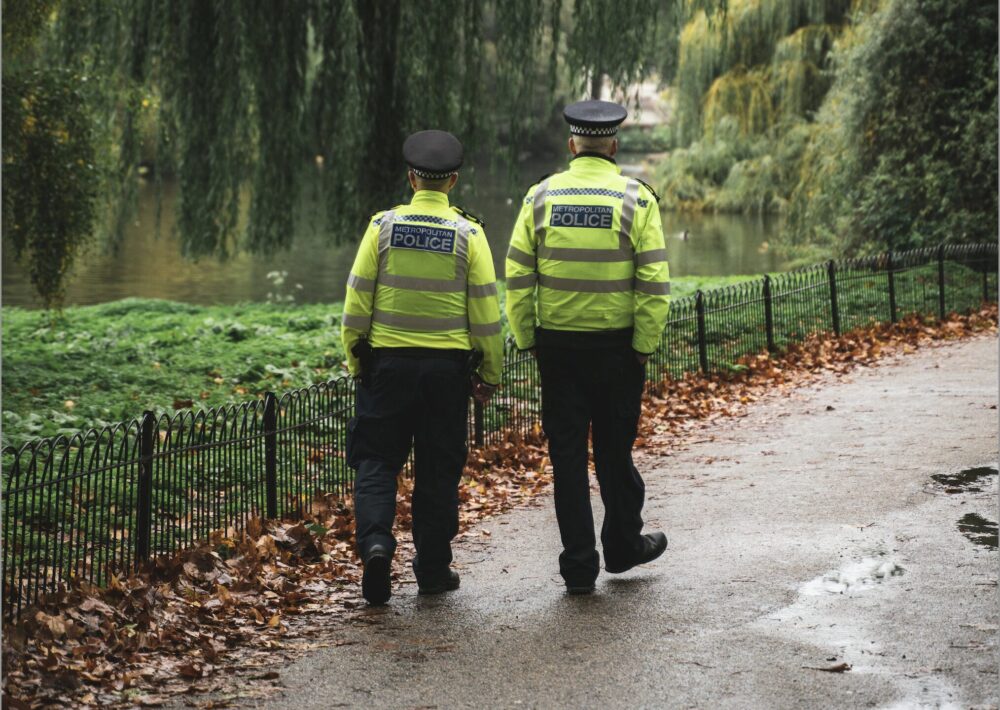“Servo per Amikeco” – “Service through Friendship”.
Can friendship among police officers across the world, improve the service, and more importantly, influence the results of government tenders? At the recent GPEC, BodyArmorNews.com learned more about the International Police Association in conversation with Uwe Günther. An active police officer in the senior commanding service of the Saxon region, and the Head of IPA, Germany.
The International Police Association is a not-for-profit, global organization that builds friendship among police officers. We are a union, but not a labor union. We bring police forces from all over the world together” explained Uwe. With approximately 372,000 members across 100 countries, the association is a forum to exchange experiences in uniform, and collaborate to improve service. Said collaboration may influence the outcomes of government tenders, the development of protective gear, and must be seen by the body armor industry as a site of great learning.
From sports events to training young officers, the International Police Association has an Education and Information Centre in Gimborn, which houses seminars on cybercrime, and several niche topics such as the workshop conducted by Uwe, about the escalation and unpeaceful demonstrations in soccer games. In these seminars, Uwe elaborates, “We share our skills and try to develop something we can call a common strategy”.
A living example of the shrinking world, an officer with a passion for languages, people, and politics, contributed in the creation of a close-knit police family. “I started as a police officer on the beat. I was a police motorcycle man in medium-run […]” tells Uwe Günther. After a degree in Administration and Law Enforcement, Uwe served as a Fifth Leader, Platoon Commander in the CRC, the CID, and foreign assignments followed due to Uwe’s knowledge of many languages. Talking about policing under the employ of the United Nations, Uwe says: “I was several times in the Balkans and Africa, where I trained paratroopers in English and French”. With a certain kindness, and an inclination to travel, Uwe was assigned to the Federal Foreign Office.
A couple of representatives from the Association are often present at trade fairs such as the GPEC, where a lot of companies push their products, and make a note of valuable, innovative gear. Uwe found inspiration at the Korean Institute of Police Technology, who works with officers on-ground, to develop new equipment. Uwe tells, “A police motorbike rider told the institute that he’s attacked by knives. He doesn’t have any space and cannot ride in a bulletproof vest. He then got the idea about a foldable shield that what he can take with him […]”. The engineers from the Korean institute gave life to the officer’s idea. Contacted the armor industry for production. They brought together the Ministry of Finance, and Interior; now, most Korean police riders use a foldable shield. In addition to officers across different countries. UWE emphasized on the IPA’s alliance with governmental and corporate stakeholders, so ideas may travel faster.
Zooming into the power of influence, the German government has a staff council in each state. The council has special boards such as the uniform and equipment board, which consists of labor union members and one elected member from each police department. Uwe says, “If I see something interesting here [trade fairs] I will just report it to the equipment board”.
In addition to this, Uwe spoke of the growth of health technology in the police force. They have started health monitoring for police officers. They gave them smartwatches to record their heartbeat, blood pressure, to assess when an officer should take a break […]”. The hordes of data are not only used to upkeep heart health. It also to plan the shift schedule of the officers. While this idea is still to be implemented, given the obvious difficulty in collecting the data of thousands of officers, Uwe is optimistic:
We live in the 21st century. We have the material, the technology, and some knowledge. Let’s use it.
In 1993, police officers used leather jackets in the name of ballistic protection. Then came the flimsy wave of duroplast, mace, and plastics. Since then, the landscape of body armor has changed drastically. BodyArmorNews.com wonders, how much of this innovation is owed to simple dialogue between concerned parties, facilitated by organisations such as the IPA.







